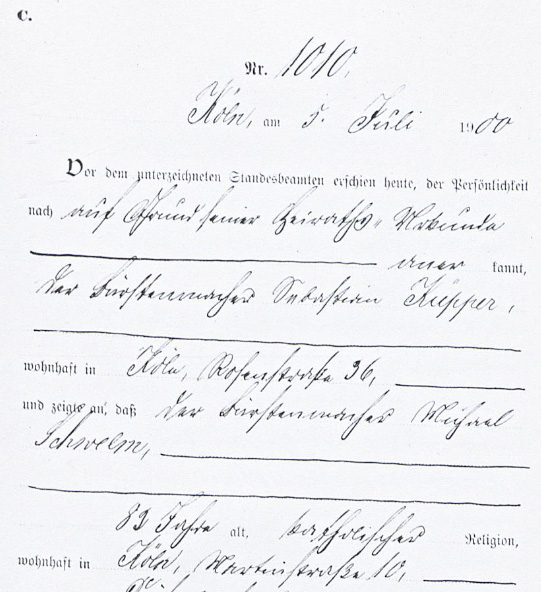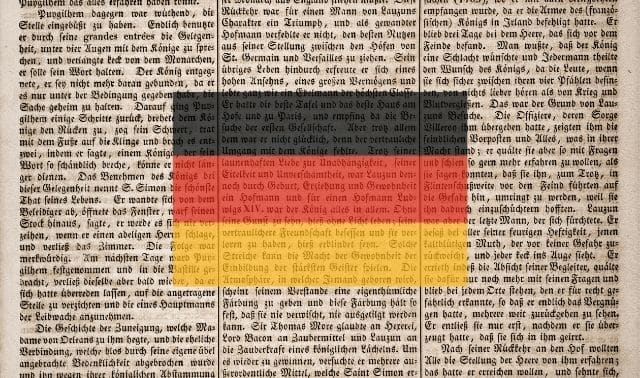Sign up for the Family Tree Newsletter Plus, you’ll receive our 10 Essential Genealogy Research Forms PDF as a special thank you!
Get Your Free Genealogy Forms
"*" indicates required fields

Researching civil registrations of births, marriages and deaths in Germany can get complicated fast because, as with so many other German records, they were (and often still are) kept locally. And since records laws varied by German state, records began at different times and comprised different facts from area to area.
Civil registrations became mandatory in the entire German Empire at the beginning of 1876, but some localities kept records earlier. The Kingdom of Prussia began civil registration in 1874, while the French imposed it in western Germany as early as the late 1700s. Still others mandated Kirchenbuchduplikate (“church book duplicates”) for civil use.

For many years, restrictive laws technically kept the vital records off-limits to all but those named in the records or their direct descendants. That changed in 2009 when a civil records reform law went into effect (known by its typically long German name, Personenstandsrechtsreformgesetz), allowing public access after blackout periods: 110 years for births, 80 years for marriages and 30 years for deaths.
The archives of Germany’s fourth-largest city, Köln (usually rendered in English as Cologne), have made some of its civil registers available online. The records are from the archives of the German Land (Germany’s equivalent of a state) Nordrhein-Westfalen (“North Rhine-Westphalia”) but are hosted on the Historical Archives of the City of Cologne website. (The page is in German and has no translation, but you can easily cut-and-paste it into Google Translate). You can access the records in the two tabs at left: the Personenstandregister records, which contain death registrations (most starting in 1876 and running through the 1930s or 1940s) and the Zivilstandregister documents, which include births (Geburten), marriages (Heiraten) and deaths (Sterbfälle) from 1833 to 1852.
To get to the records, you need to determine which of the two dozen Standesamt (“civil registry office”) in which the event was registered; their names and the areas of the city they include come up in a Google Maps search. The records are “browsable” (that is, you can go through the scans page by page), and each registry office includes scans of the yearly index volumes (indicated by file names ending with nv).
Westdeutschen Gesellschaft für Familienforschung (West German Society for Family Research), one of the affiliates of the Germany-based supersite Genealogy.net, is also working on ongoing, crowdsourced indexing project for the records.
Since the change in German privacy laws, more and more projects such as this are coming to fruition. The regional society pages on Genealogy.net are a good place to find them, as is the Cyndi’s List entry for “Germany / Deutschland – Birth, Marriage, Death.”
ADVERTISEMENT




